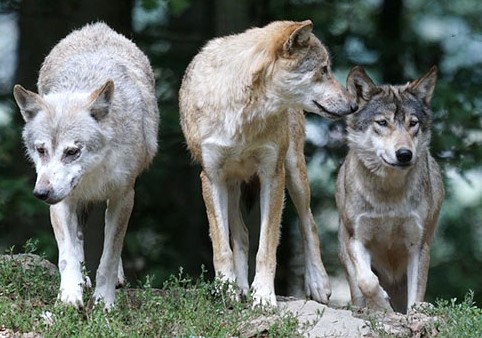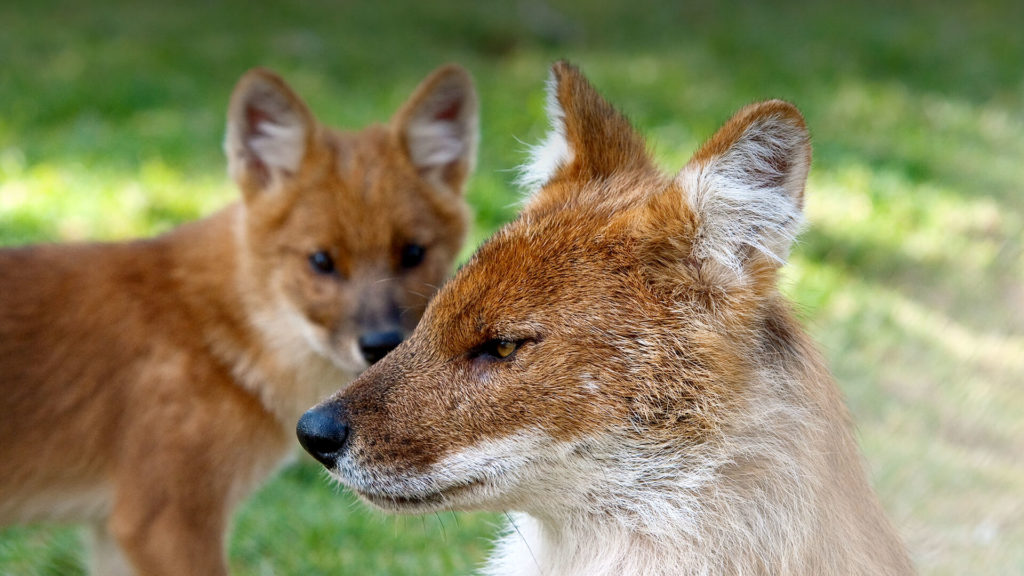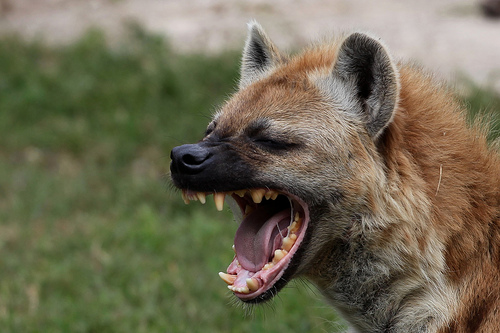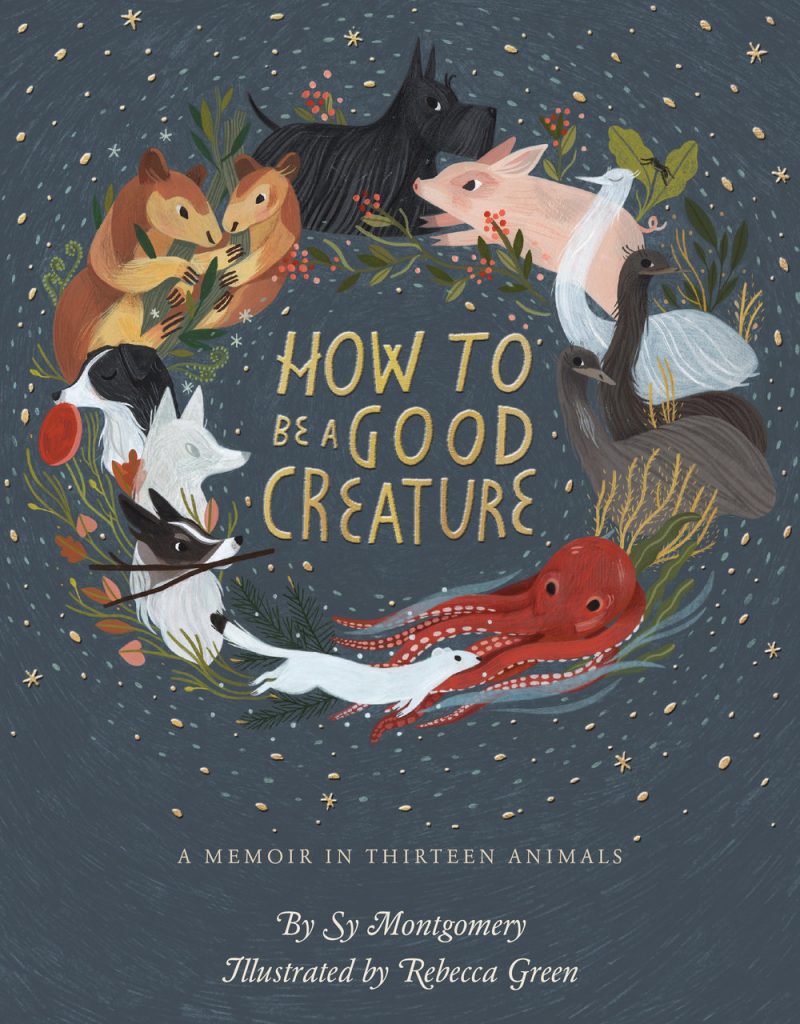 Watching Wolves. Everyone has a favorite animal. John’s favorite is the wolf. He tells Sy that you can learn about wolves by watching their wolf ways here. Thank you John and your teacher, Rachel Martin, for this suggestion.
Watching Wolves. Everyone has a favorite animal. John’s favorite is the wolf. He tells Sy that you can learn about wolves by watching their wolf ways here. Thank you John and your teacher, Rachel Martin, for this suggestion.
Besties. How to Be a Good Creature is on these lists of the best books of 2018: Brain Pickings, Good Morning America, The Washington Post, PRI’s Living on Earth, Brain Pickings, BookPage, The Fold Magazine, BookRiot (best book covers), Cascadia Weekly, Ageist, Iowa Public Radio, GirlBoss, Bulletin of the Center for Children’s Books, AskMen, Albany Times-Union, Idaho Press-Reader, Bmore Art Journal, Eugene Weekly, Marco Eagle, New Hampshire Union-Leader, WickedLocal Cohasset, Simple Chic Everyday, NPR-affiliate KJZZ (Phoenix), Away to Garden, Northshire Books, One More Page Books, Bookshop Santa Cruz, Coast Outer Banks, Quail Ridge Books, Little Professor Books, The Book Jam, Left Bank Books, Eight Cousins, Camp Kansas City, and Booksmith.

In January Sy will join an Earthwatch expedition studying wild dogs in Thailand. Here’s what she wrote for Earthwatch:
Nearly 36 years ago, wombats changed my life.
After five years working as a science journalist at a daily newspaper, my father gave me the gift of my dreams: a plane ticket to Australia. I’d always wanted to go. No other land boasts so many marsupials – mammals whose tiny, undeveloped young, and sweet belly pockets to hold them, had fascinated me since childhood. But what to do once I got there? I discovered Earthwatch, and joined an expedition with Brookfield Zoo’s respected research biologist, Dr. Pamela Parker, studying the underground lives of the southern hairy-nosed wombat at Blanchetown Conservation Park in South Australia.
 A lot of our work involved counting fecal pellets. But I could not have been more riveted by the work. I loved the outback. I loved the animals. I loved the science. I loved falling asleep in my tent with the smell of eucalypt smoke in my hair, and waking to sunrises streaked with flocks of pink and grey parrots.
A lot of our work involved counting fecal pellets. But I could not have been more riveted by the work. I loved the outback. I loved the animals. I loved the science. I loved falling asleep in my tent with the smell of eucalypt smoke in my hair, and waking to sunrises streaked with flocks of pink and grey parrots.
At the end of our two weeks together, Dr. Parker told me she wished I could come back — though she couldn’t hire me, or even pay my way if I wanted to volunteer again. But if I ever wanted to come study any animals at the park, she said, I’d always be welcome at her camp, and she would give me food.
So I quit my job and moved to a tent in the outback.
This is how I began a career off the beaten track. Since then, I’ve swum with piranhas, pink dolphins and electric eels in the Amazon, hiked the Altai mountains of Mongolia looking for snow leopards, and worked in a pit with 18,000 snakes. In Borneo, I’ve been undressed by a curious orangutan. In New Guinea, I helped radio collar tree kangaroos. In French Guyana, I held my (first) wild tarantula. I’ve been hunted by a swimming tiger, chased by a silverback gorilla, and embraced by several giant Pacific octopuses — and meanwhile written 25 books on animals and nature for adults and children, thousands of articles, and scripts for National Geographic TV. I’ve never looked back.
But all this time, I have ever been grateful to Earthwatch. And not just for that first expedition. In the ensuing decades, research for several of my books (including the one with the 18,000 snakes) has intersected with Earthwatch teams.
And now, to my delight, I am heading out with Earthwatch again. Thanks to a generous Earthwatch Communications Fellowship, this January I am looking forward to joining an Earthwatch team on the expedition Tracking Asiatic Wild Dogs in Thailand with principal investigators Drs. Ronglarp Sukmasuang and Nucharin Songsasen in Khao Yai National Park.
Asiatic wild dogs, also known as dholes, are one of the world’s most endangered canids, and also one of the most enigmatic. Red-coated and bushy-tailed, they look a bit like foxes. But other than their appearance, they are nothing like our familiar vulpines — or any other dog on Earth.
Dholes don’t bark, yip or howl. They whistle. They thrive among leopards, bears, and tigers. They can run 45 miles per hour, leap seven feet into the air (to get their bearings as they hunt!), and are excellent swimmers.
But despite their rarity, in many areas, dholes are considered pests. I’m honored to be able to work on a team that will help figure out how much food and room these whistling dogs need to survive, and how best to protect them.
Sy will be sharing the experience by posting blogs from the field. She can’t wait to tell you about her adventure.
People Magazine picks How to Be a Good Creature as one of the best new books of the year.
The Hyena Scientist has been chosen for this year’s Kirkus Reviews Best Books list.
How to Be a Good Creature is back on The New York Times Monthly Science Bestseller list at number 6.
Best Book Cover. Take a bow Rebecca Green for your fine work on the cover of How to Be a Good Creature. Book Riot has chosen it as one of the best book covers of the year.


